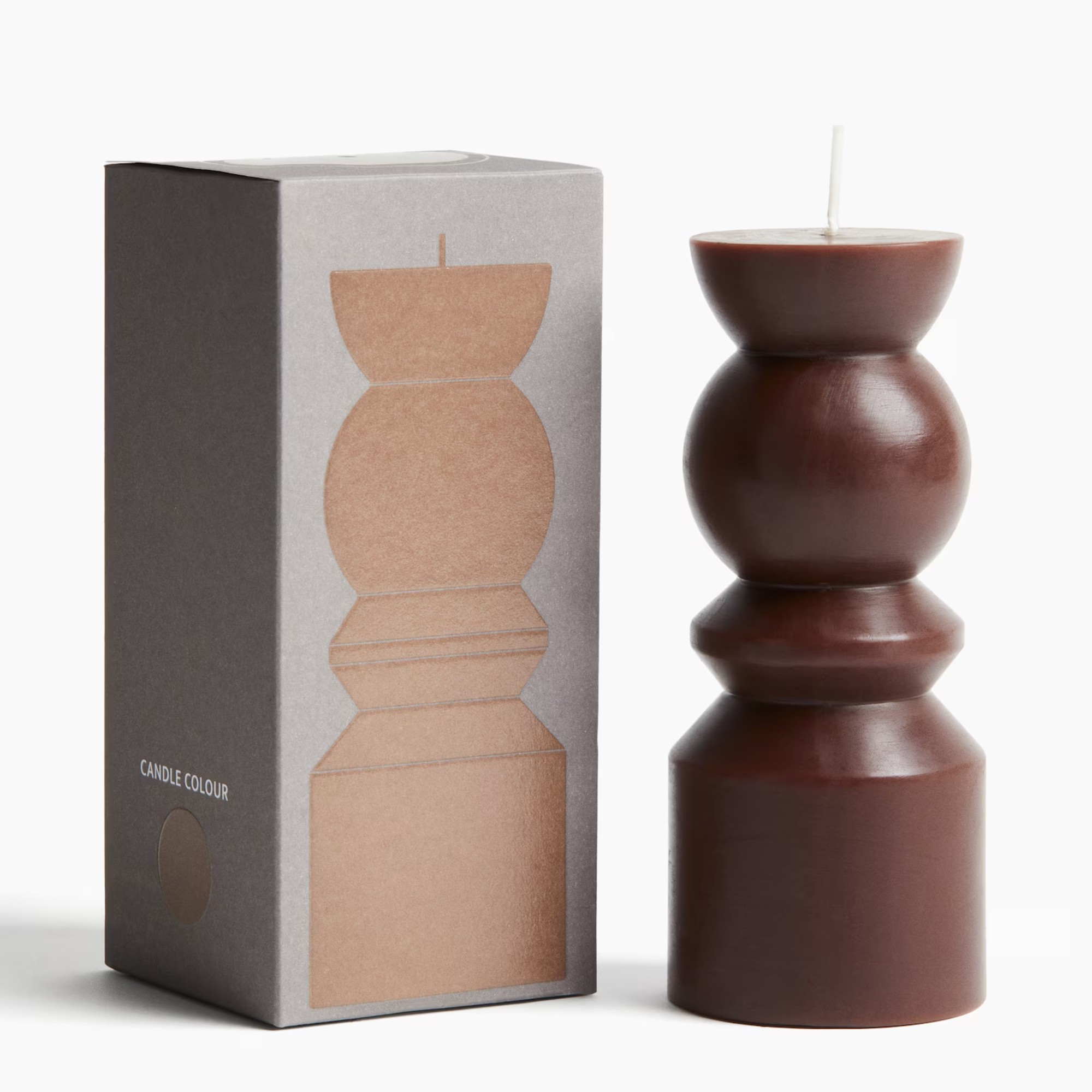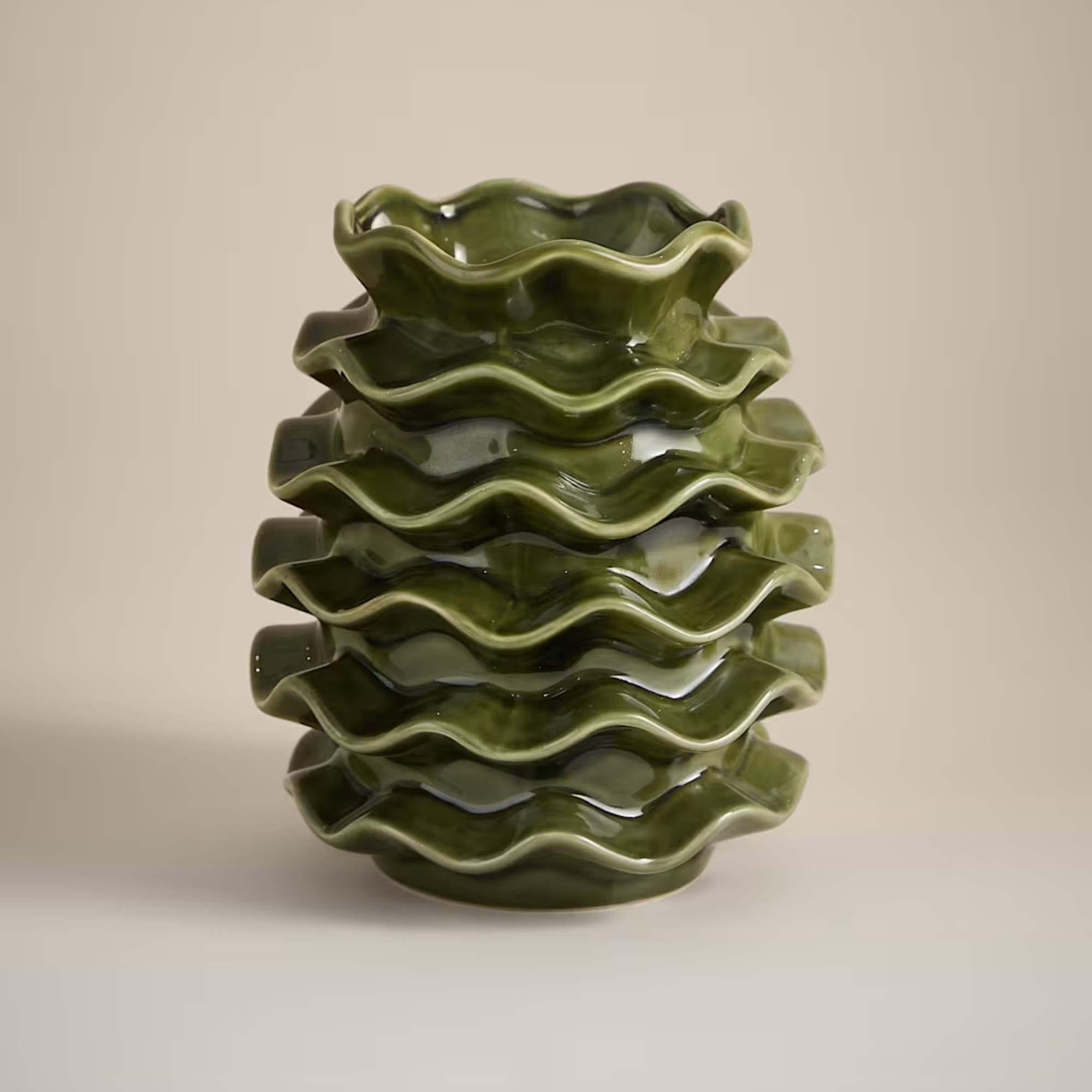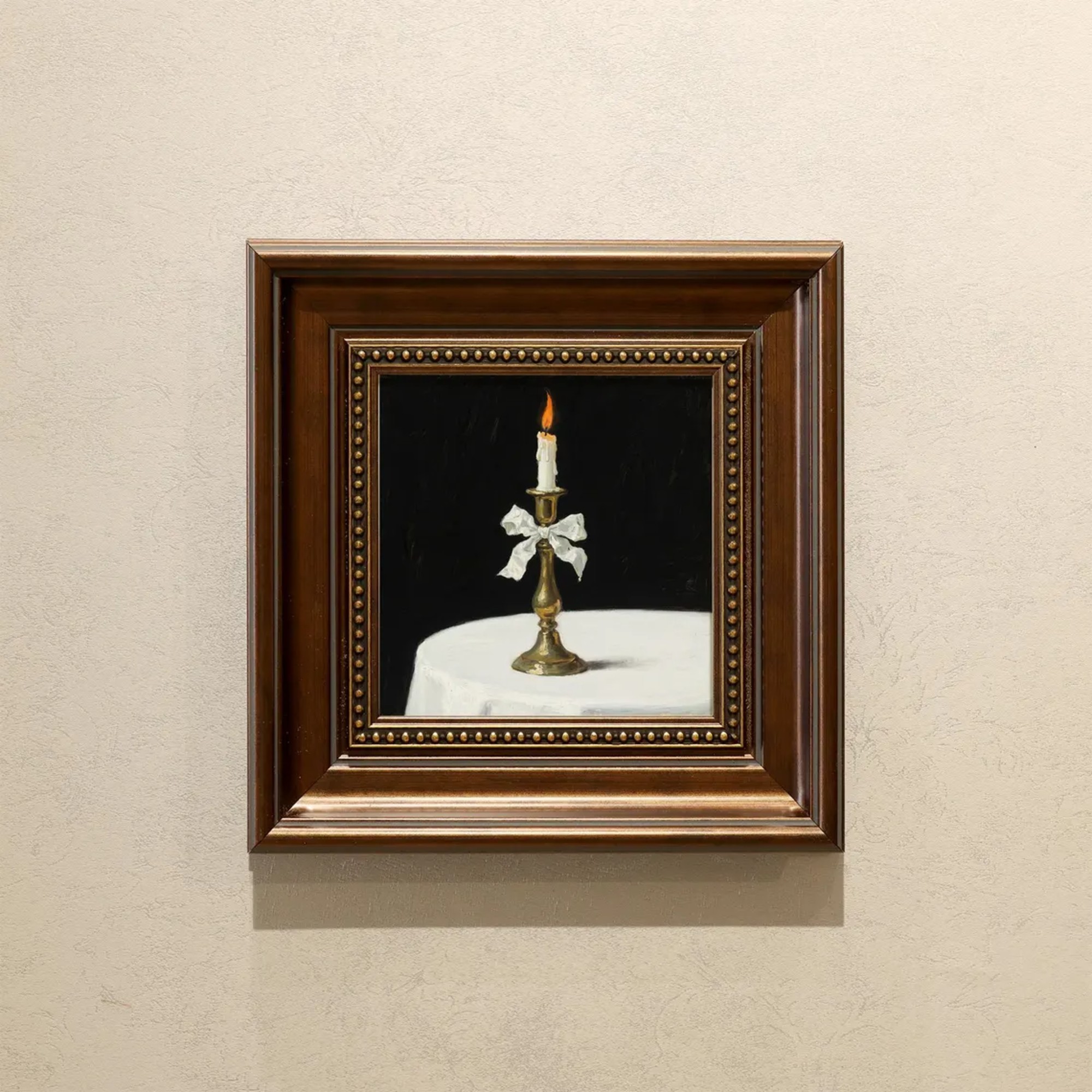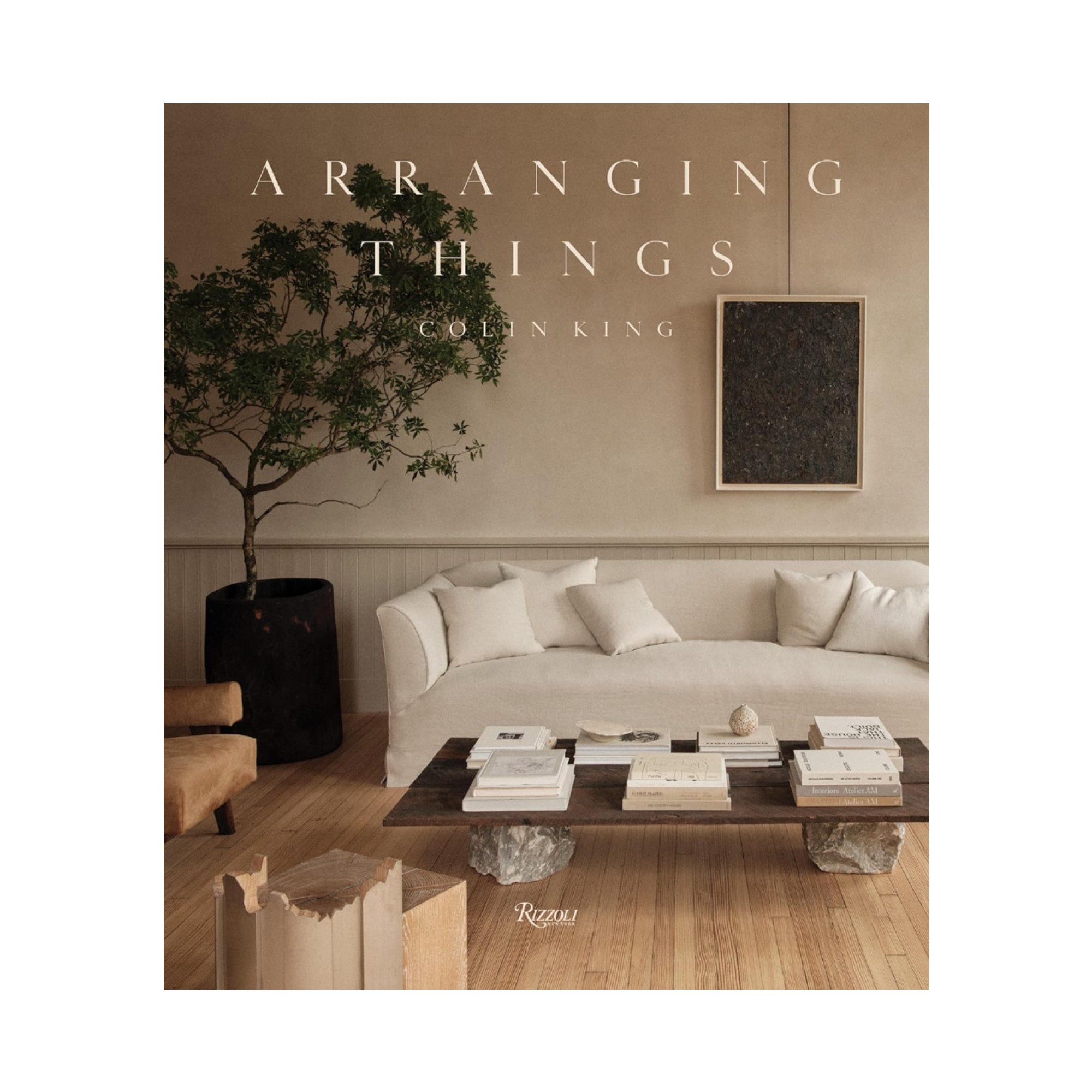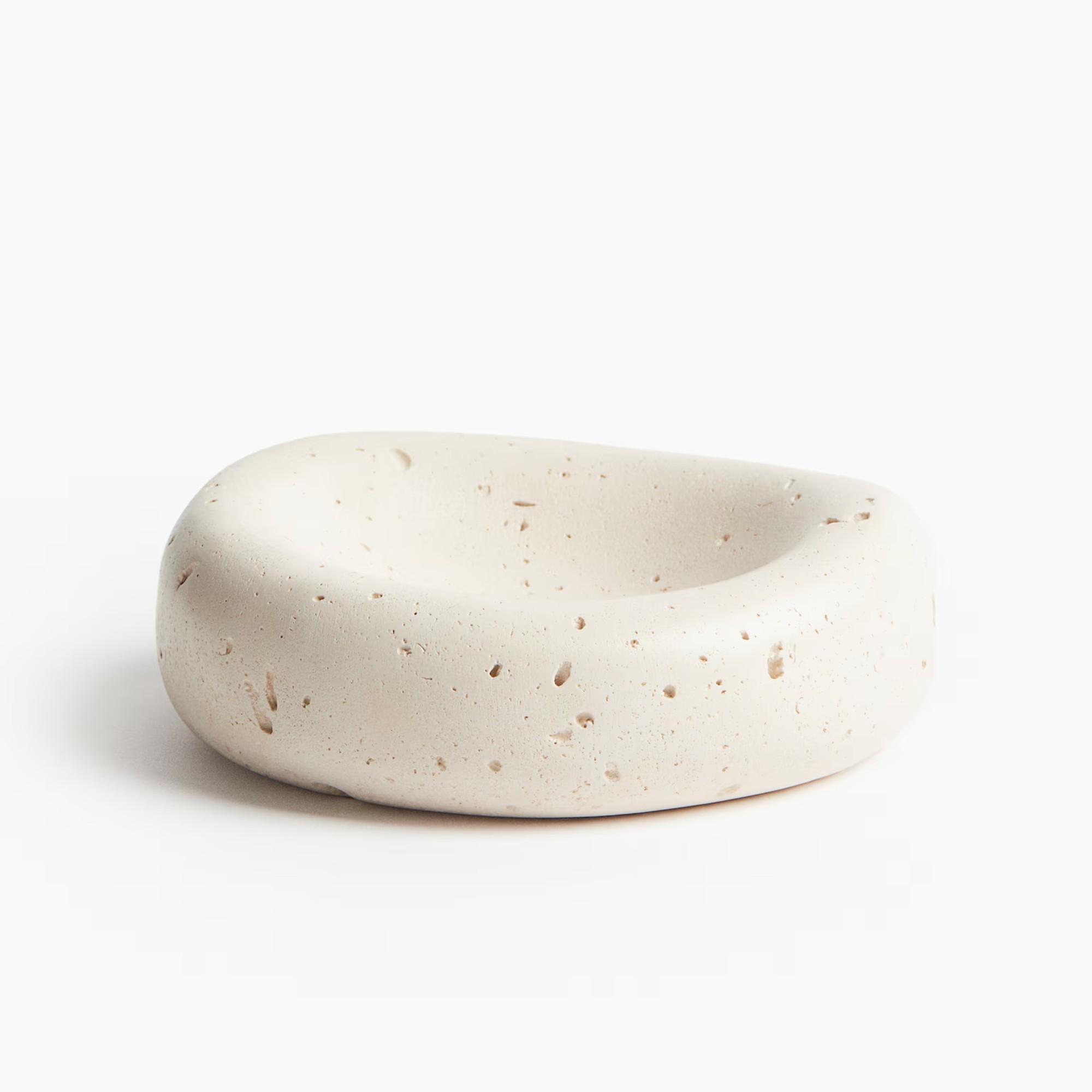The 3-5-7 styling trick designers use to make their shelves and coffee tables look so good – it's a simple way to create balance and interest
This is why the rule of odd numbers will elevate your home
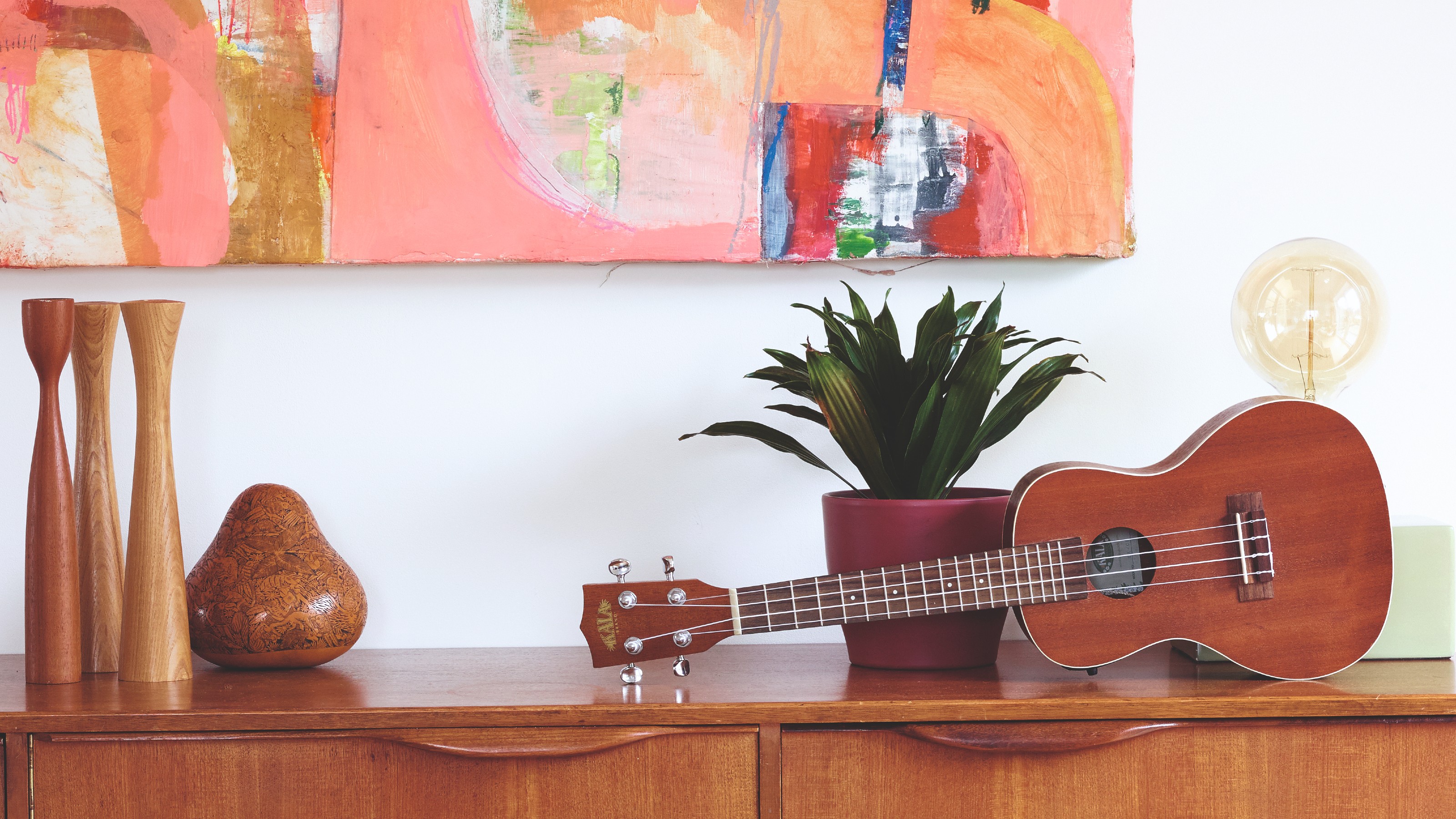

If styling your shelves, mantel and coffee table doesn’t come 100% naturally to you - or even if you could use a helping hand or an easy-to-follow formula - the 3-5-7 styling rule is the expert-approved trick you need to know about.
Also known as the rule of odd numbers, interior designers and stylists alike use it as a guideline for making homes look elevated. Over time, this becomes almost an instinct for pros, like 2:3 rule or the 60-30-10 rule; however, they highly recommend following this rule for anyone unsure about how to decorate or style their own shelves and coffee table.
‘The 3-5-7 styling rule is a useful guideline, especially for those decorating without an interior expert’s support,’ says Chloe Barrow, interior expert at Laura James. ‘I don’t follow the rule religiously in my own work, it’s a brilliant starting point for anyone who feels unsure about how to pull a look together as it can really help guide you to create a space that feels more layered and intentional.’
This is how it works…
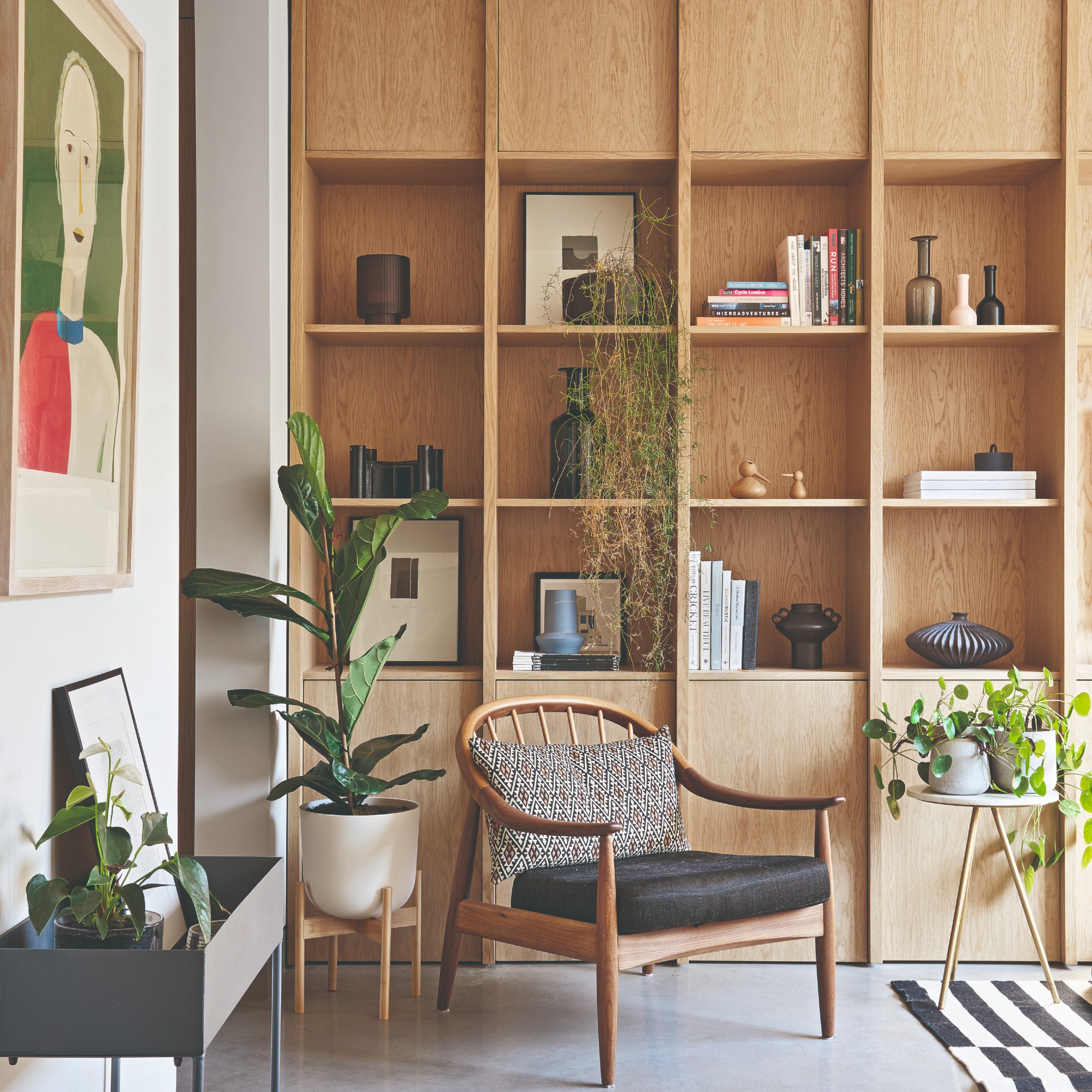
What is the 3-5-7 rule?
In essence, the 3-5-7 styling rule is much like the rule of three, only further expanded.
‘It’s a classic trick designers use to create balance and interest when styling surfaces like shelves, mantels or coffee tables,’ says Sam Sutherland, Flitch interior stylist. ‘The idea is that grouping items in odd numbers, three, five or seven, feels more natural to the eye than even numbers, which can look a bit too rigid. It is about creating a rhythm that feels relaxed yet intentional.’
Danielle Le Vaillant, head of photography and film at Cox & Cox, continues, ‘Collating items in groups creates a much more harmonious and cohesive scheme. Massing groups of items in odd numbers – threes and fives in interiors in particular, divides your sight lines to give a more relaxed and less regimented feel. We even purposely group items for sale in threes, such as baskets, planters or bud vases and of course faux flower stems.’
Sign up to our newsletter for style inspiration, real homes, project and garden advice and shopping know-how
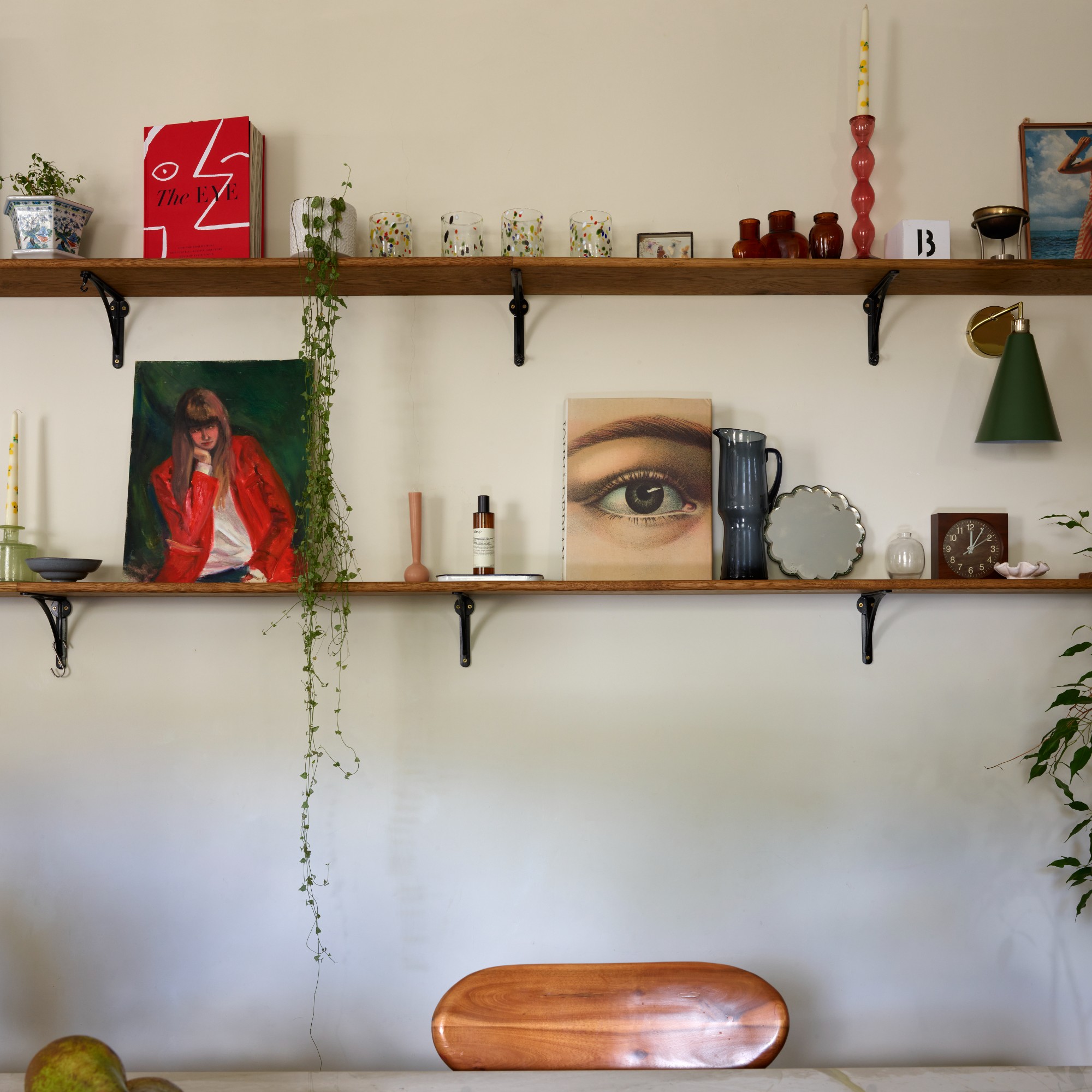
How and where to use the 3-5-7 rule
As already mentioned, the rule of odd numbers is best used on open shelving, whether that’s in the living room or kitchen, as well as on the mantelpiece, a coffee table or even on top of a console table or a sideboard. And it also applies to things like cushions on your sofa, much like the 2-2-1 rule.
‘It works beautifully on open shelving in kitchens or living rooms. Think three stacked cookbooks, a trailing plant, and a ceramic jug to bring texture. It is also great on sideboards: five pieces that vary in height, such as a lamp, a vase, some framed art, and a couple of small accents, create a layered but cohesive look,’ Sam at Flitch says.
But it’s also about what pieces you group together as there needs to be variation in texture and height for the 3-5-7 rule to be successful.
‘Priority should be focusing on creating visual flow with pieces that speak to each other in tone and style,’ Chloe at Laura James says. ‘For example, grouping a few stoneware pieces with candlesticks at different heights, can create dimension and a lived-in warmth that feels well styled. When you vary the height, texture, and proportions of objects, it’s this mix that helps elevate a styled surface from being flat to become full of character.’
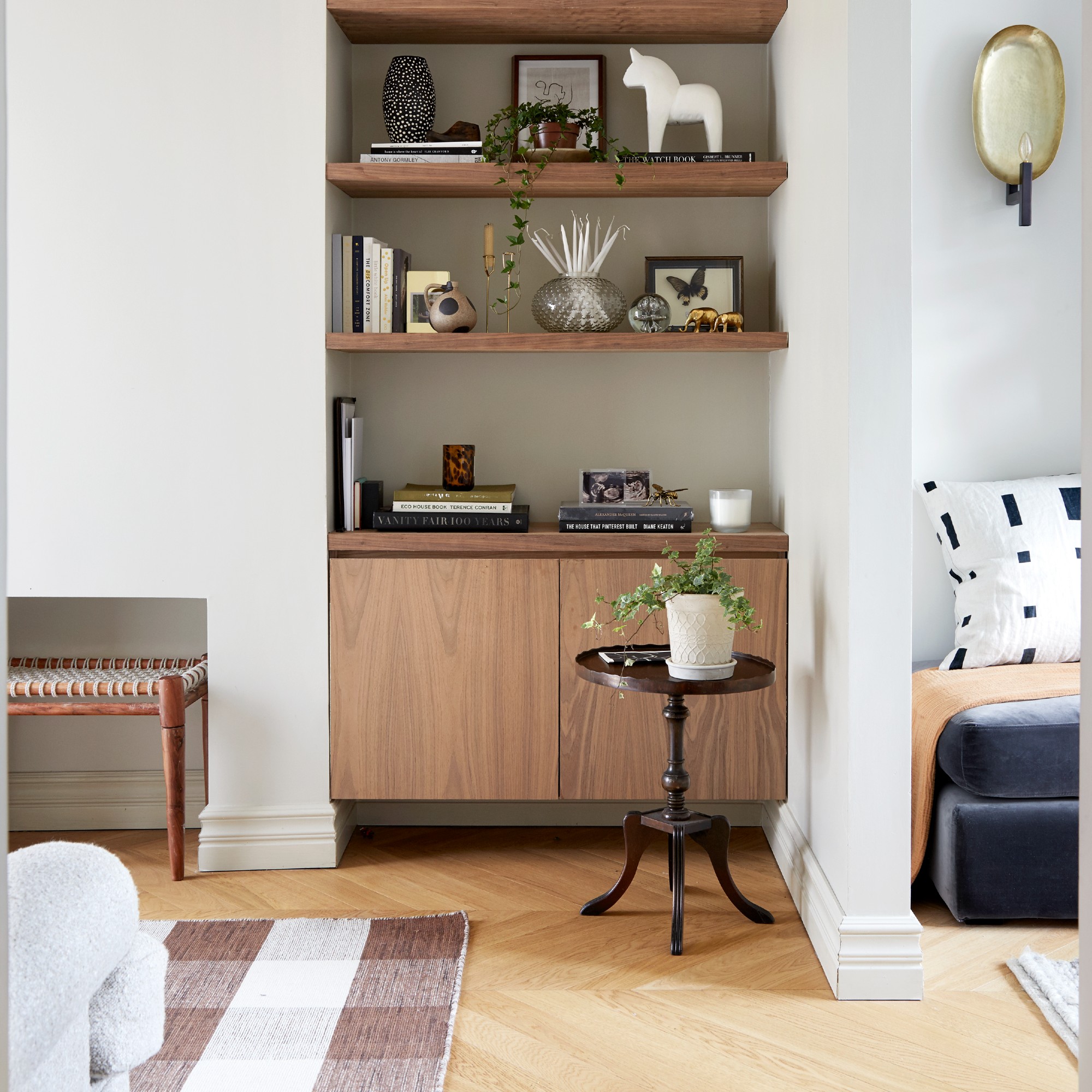
My top picks
Here are some of my top picks of things I’d group together in odd numbers on a shelf, a sideboard or the like.

The Roberts Revival Petite radio and bluetooth speaker is made to decorate shelves with its elegant retro design, which is why it comes in so many different colourways.
As with any interior design rule, don’t take it as gospel. Especially once you feel confident enough creating stylish arrangements around your home, you likely won’t even need to follow this rule, rather it will be an instinctive process. ‘Sometimes I will break it deliberately. For example, with a pair of candlesticks, to give a more formal or traditional edge,’ Sam at Flitch concludes.

Sara Hesikova has been a Content Editor at Ideal Home since June 2024, starting at the title as a News Writer in July 2023. She is now also the Ideal Home Certified Expert in Training on Furniture, and so far has tested over 150 different sofas.
Graduating from London College of Fashion with a bachelor’s degree in fashion journalism in 2016, she got her start in niche fashion and lifestyle magazines like Glass and Alvar as a writer and editor before making the leap into interiors, working with the likes of 91 Magazine and copywriting for luxury bed linen brand Yves Delorme among others.
You must confirm your public display name before commenting
Please logout and then login again, you will then be prompted to enter your display name.
